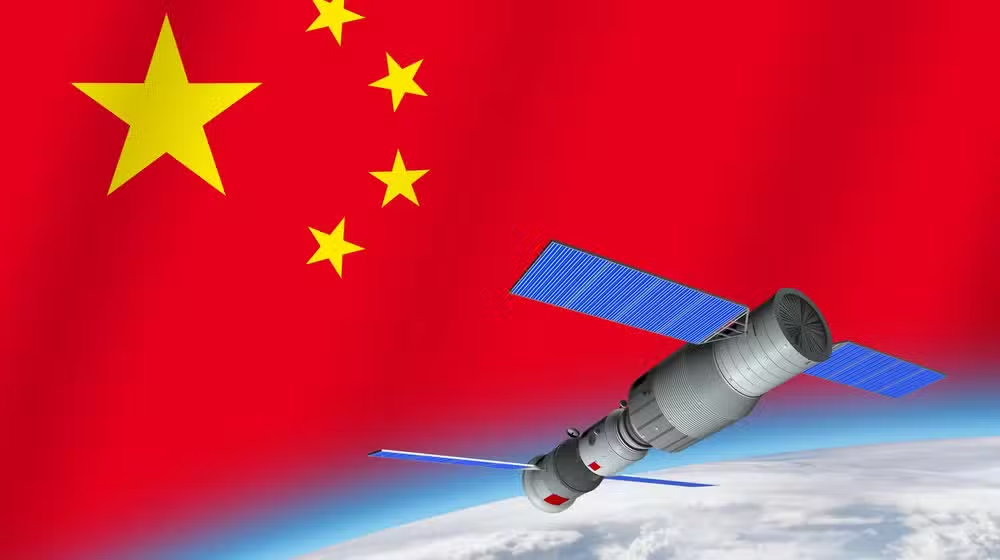Chinese scientists have achieved satellite internet speeds of up to 1 Gbps, which is five times faster than Elon Musk’s Starlink service from SpaceX. This breakthrough was made possible using a 2-watt laser transmitted through space from a satellite in a stationary orbit more than 60 times higher than Starlink’s satellites.
While laser downlinks provide quick internet links from space, they face challenges due to atmospheric turbulence. Natural air disturbances scatter the laser beams, causing them to turn into faint, blurry patches that can stretch over hundreds of meters by the time they reach the ground.
A New “AO-MDR” Method
To address this issue, a team led by Professor Wu Jian of Peking University of Posts and Telecommunications and Liu Chao from the Chinese Academy of Sciences developed a technique called AO-MDR synergy. This method aims to reduce the effect of turbulence-induced signal disruptions.
The researchers explained that their approach significantly prevents the loss of signal quality caused by extremely weak signals. They shared their findings in a peer-reviewed paper published on June 3 in the Chinese journal Acta Optica Sinica.
How It Works
At an observatory in Lijiang, located in southwest China, scientists tested this system with a 1.8-meter telescope directed at an unnamed satellite orbiting 36,705 kilometers above Earth. Inside the telescope, 357 micro-mirrors were used to reshape distorted laser light, which greatly lowered the wavefront distortion caused by the atmosphere.
To boost the signal further, they used a device called a multi-plane light converter. It splits the incoming light, which travels through a multi-mode fiber, into eight base-mode channels. The three strongest signals from these channels were then picked and combined in real time with a unique algorithm called “path-picking,” powered by special chips.
More Performance, Fewer Errors
The team saw a clear increase in signal strength with this method. Comparing adaptive optics alone to the combined AO+MDR approach, the results showed significant improvement, especially at points where keeping a stable signal is hard.
This technique not only improves performance but also cuts down errors. The chance of getting usable signals increased from 72% to 91.1%. This makes a big difference when sending important data over satellite links.
For more daily updates, please visit our News Section.

